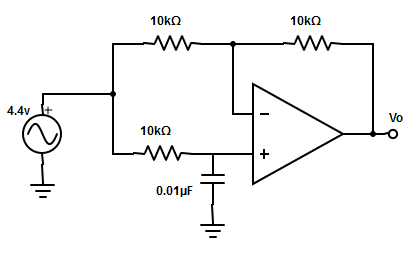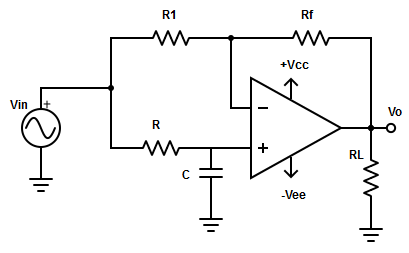61. If the gain at center frequency is 10, find the quality factor of the narrow band-pass filter
A. 1
B. 2
C. 3
D. None of the mentioned
62. The advantage of a narrow band-pass filter is
A. fc can be changed without changing gain
B. fc can be changed without changing bandwidth
C. fc can be changed without changing resistors
D. All of the mentioned
63. How many types of band elimination filters are present?
A. Three
B. Two
C. Four
D. None of the mentioned
64. A narrow band-reject filter is commonly called as
A. Notch filter
B. Band step filter
C. Delay filter
D. All of the mentioned
65. Find the expression for notch-out frequency?
A. fN = 2πRC
B. fN = 2π/RC
C. fN = 1/2π × √(R/C.
D. fN = 1/2πRC
66. The quality factor of passive twin T-network is increased by using
A. Inverting amplifier
B. Non-inverting amplifier
C. Voltage follower
D. Differential amplifier
67. Find out the application in which a narrow band-reject filter can be used?
A. Embedded system
B. Biomedical instrument
C. Digital computer
D. None of the mentioned
68. Find the application of the area where all-pass filters are used?
A. Cathode ray oscilloscope
B. Television
C. Telephone wire
D. None of the mentioned
69. Determine the output voltage for all the all-pass filters and express it in complex form?
A. VO =Vin/ [(1-j2πfRC. /(1+ j2πfRC.].
B. VO =Vin × [(1+j2πfRC. /(1- j2πfRC.].
C. VO =Vin × [(1- j2πfRC. /(1+ j2πfRC.].
D. None of the mentioned
70. Determine the input frequency for the all-pass filter with a phase angle of 62o. Consider the value of resistor and capacitor are 3.3kΩ and 4.7µF.
A. Input frequency= -7.65Hz
B. Input frequency= -6.77Hz
C. Input frequency= -3.89Hz
D. Input frequency= -9.65Hz
71. Determine the angle for the given circuit diagram, if the frequency of the input signal is 1khz

A. -45o
B. -180o
C. -270o
D. -90o
72. The voltage gain magnitude of the all-pass filter is
A. Zero
B. One
C. Infinity
D. None of the mentioned
73. What happens if the position of R and C are interchanged in the below circuit diagram?

A. Vin leads VO
B. Vin lags VO
C. VO leads Vin
D. VO leads Vin
74. Choose the incorrect statement “In wide band-reject filter”.
A. Low cut-off frequency of low pass filter must be larger than the high cut-off frequency of the high pass filter.
B. Low cut-off frequency of the high pass filter must be equal to the high cut-off frequency of the high pass filter.
C. Low cut-off frequency of high pass filter must be smaller than the high cut-off frequency of the low pass filter.
D. None of the mentioned
